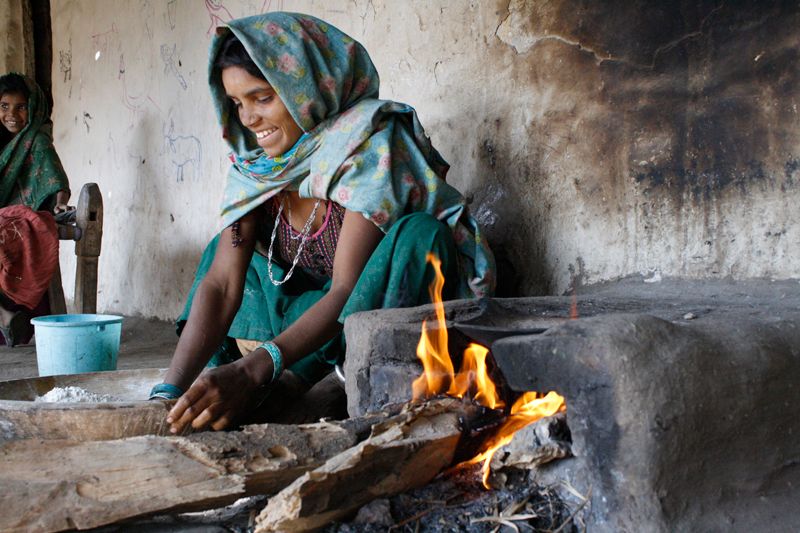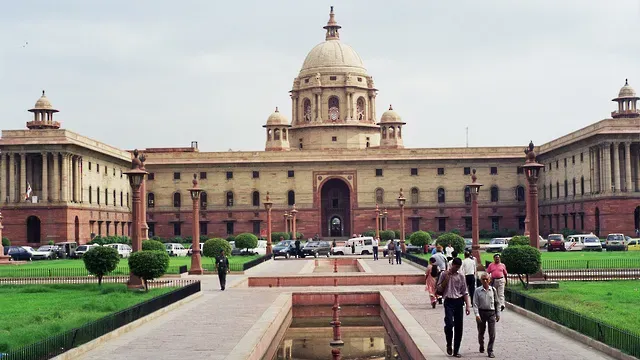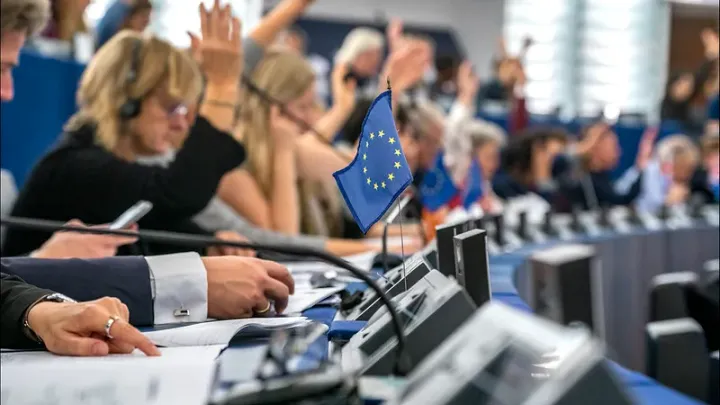A tale of two kitchens: behind the cookstove debate in India and the US
In conversation with ORF America's Shayak Sengupta

Welcome to today’s edition of Lights On, a newsletter that brings you the key stories and exclusive intel on energy and climate change in South Asia.
A reminder that this newsletter is free for all, but you can support it by sharing it with your colleagues and inviting them to subscribe. If you are not a subscriber, sign up below or forward this email to a new reader. It takes a minute but it makes a big difference.
Not only are nine out of the world’s 10 most polluted cities in South Asia, but their pollution map and composition is unique to the region. According to a new report by the World Bank out this week, the air pollution crisis in the region is responsible for two million premature deaths every year.
To understand what is really going on, it’s important to zoom in on what makes South Asia different from other polluted places, and in particular from rich countries. Western nations often end up shaping the global fight against air pollution – but in doing so they erase an important piece of the puzzle.
Take indoor air pollution, a lot of which comes from the kitchen. In the US, the argument against gas stoves seeks to phase out the fuel for its harmful health impacts and carbon emissions. In India, gas is seen as a solution to drastically reduce indoor air pollution, and carbon emissions. The cookstove is one small but powerful real-life example of how, beyond the conventional headlines, context shapes climate mitigation and air pollution response in vastly different ways.
Lights On spoke with Shayak Sengupta, a fellow at Observer Research Foundation America where he tracks energy and climate developments between India and the US.
Lights On - One of this year’s big environmental controversies in the US is the debate over gas stoves and whether they are bad for people, and should be replaced with induction stoves. Remind us how the story started?
Shayak Sengupta - [Back in January], a scientific paper came out that attributed about 13 percent of childhood asthma to gas or gas stoves. From that, the headlines spread out, and the Consumer Product Safety Commission here in the United States said we'll start looking at gas stoves if they're a problem. And then the politics picked up and the issue became tribal.
Now if you look at the greenhouse emissions from gas stoves, they're a smaller fraction than, for example, water heating, or drying clothes or home heating. But cooking is something kind of visceral, we've been cooking for millennia, and it caught people’s imagination.
Beyond that particular study, the argument against gas stoves is not new, particularly in Europe and the US. But this is not the case in developing countries like India, where the adoption of gas stoves is actually promoted.
And you see this in other parts of the world as well, right? If you're familiar with the energy ladder, where we use wood and dung at the lowest levels of development, and then electricity at the highest, gas occupies a very high place in the energy ladder when it comes to human development and per capita income.
So over the last four or five years since the [Indian] government has rolled out subsidies to get more people connected to the LPG cylinder, people still do what's called fuel stacking, basically using different fuels at the same time, including wood, dung and gas, because they can’t afford the whole cylinder. So there are different flavours of it. But overall the scientific evidence has been clear that if you replace highly polluting fuels with something like gas, it's good for women, it's good for children.
This is backed by studies that have found that indoor air pollution in developing countries is a far worse health threat than poor air quality outdoors. So it makes sense to concentrate on that first...
Another difference is that in the US the discourse is framed between indoor and outdoor because most of our homes here are tightly sealed, there’s not much ventilation. But in India everyone opens their doors and windows, people still cook outside. So this separation between what's indoor and outdoor is much more murky. And so even the portion of the health impacts from where we have what's called outdoor air pollution is still essentially burning wood and dung, and charcoal. But it might happen in the periphery of a home or inside a home that leaks out.
India hopes to equip as many kitchens as possible with gas, whether it’s cylinder or pipe connection. And PM Modi wants to ramp up gas infrastructure in India from 6 to 15 percent of the energy mix [much of which will be used for power and chemical feedstock] by 2030. But critics say, well, eventually it will get to the point where you have to dismantle this entire infrastructure, because standards and mitigation targets become more stringent. Then all of this network will become obsolete before it's even fully deployed.
I think that’s definitely a fear. Indian consumers are price sensitive, right? The minute the price of fuel goes up, poor families will switch back to whatever is most affordable. This means that there isn't really a market price for gas, prices are highly regulated by the government, depending on where you are in the country. And because there aren't clear prices, there's not as much of an incentive [for businesses] to invest in the infrastructure either. So [at a country level], gas will play some role, but it's not going to be this definitive solution.
Back to the kitchen, how do you see things evolving for the humble gas powered stove, in India and the US?
I suspect that given how small a fraction of gas stoves and gas cooking is for the US, you're kind of missing the forest for the trees. But then if you look at large swathes of the developing world, in India or Africa, say we can get people gas, through pipelines or just cylinders. You know, these consumers are using such a small amount of energy, they're not the ones to be focusing on to blow your carbon budget.
And what I fear is that the discourse is happening in the US, and the problems it tackles are very US-centric. There are legitimate critiques: Yes we need to get rid of gas, and for example, new gas stoves in new constructions don't really make sense if you're going to want to electrify. But a lot of those conversations, do they bleed into the policies that the US or European countries expect places like India and Africa to adopt?
Playing the devil's advocate here, there is an energy security, a decarbonisation and potentially even an air pollution argument to electrify cooking, because you reduce imported fuel, and those are long term solutions. But in the short to medium term, I still think that if it's available and we can get it to people in places like India, gas is the best option.
That’s all for today! If you like what you read, please share this newsletter with a friend or two, and invite them to subscribe!



